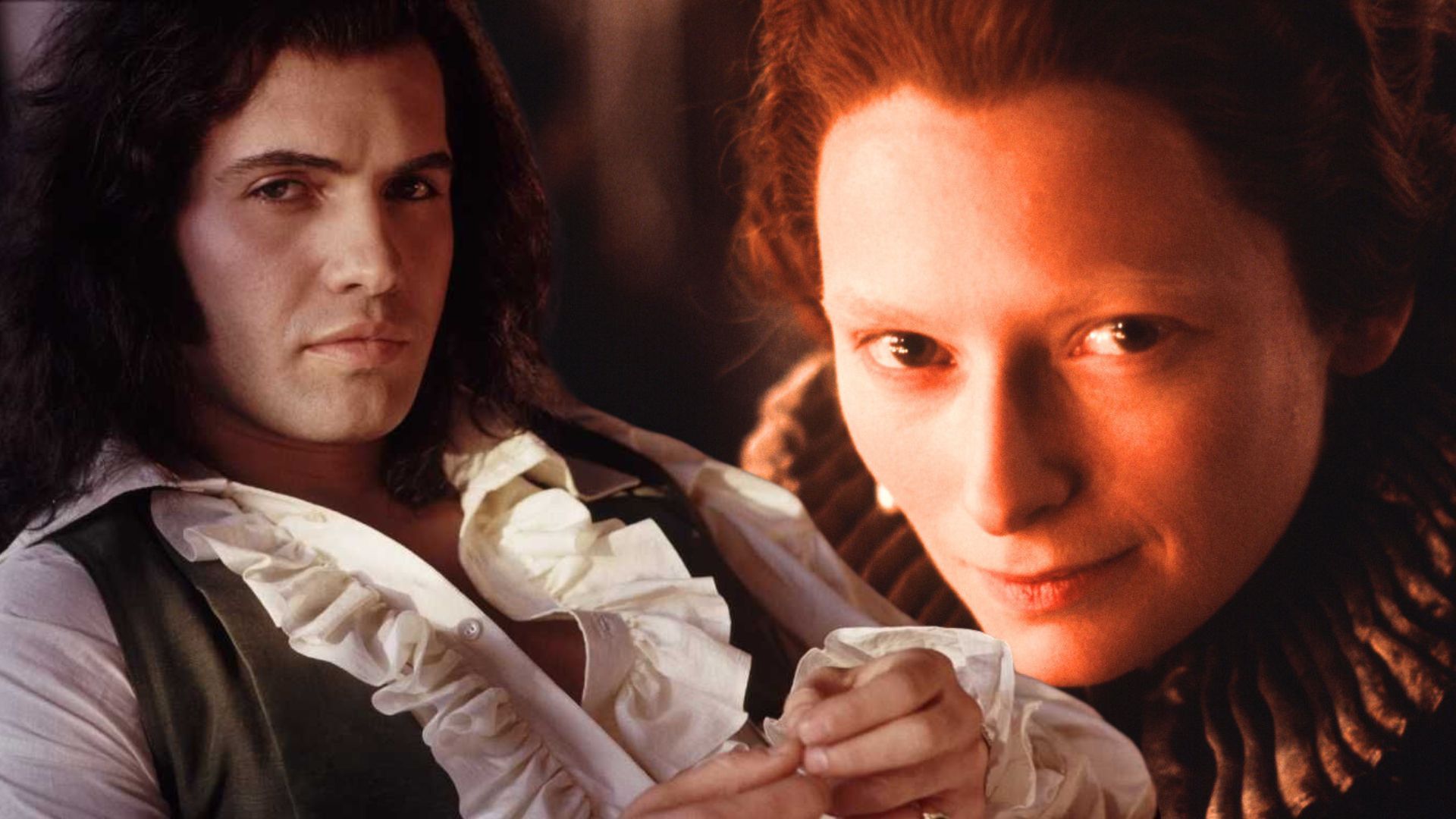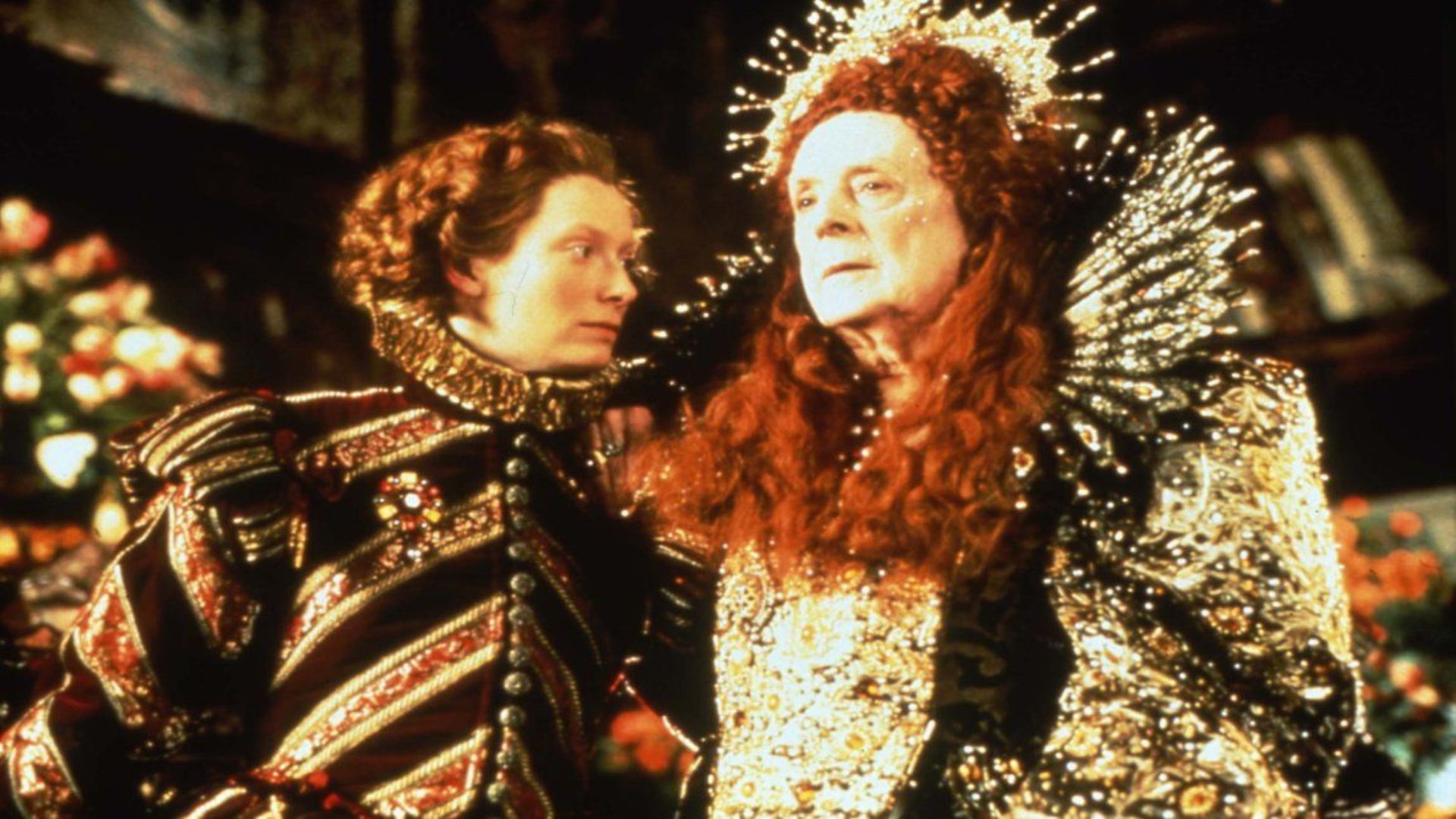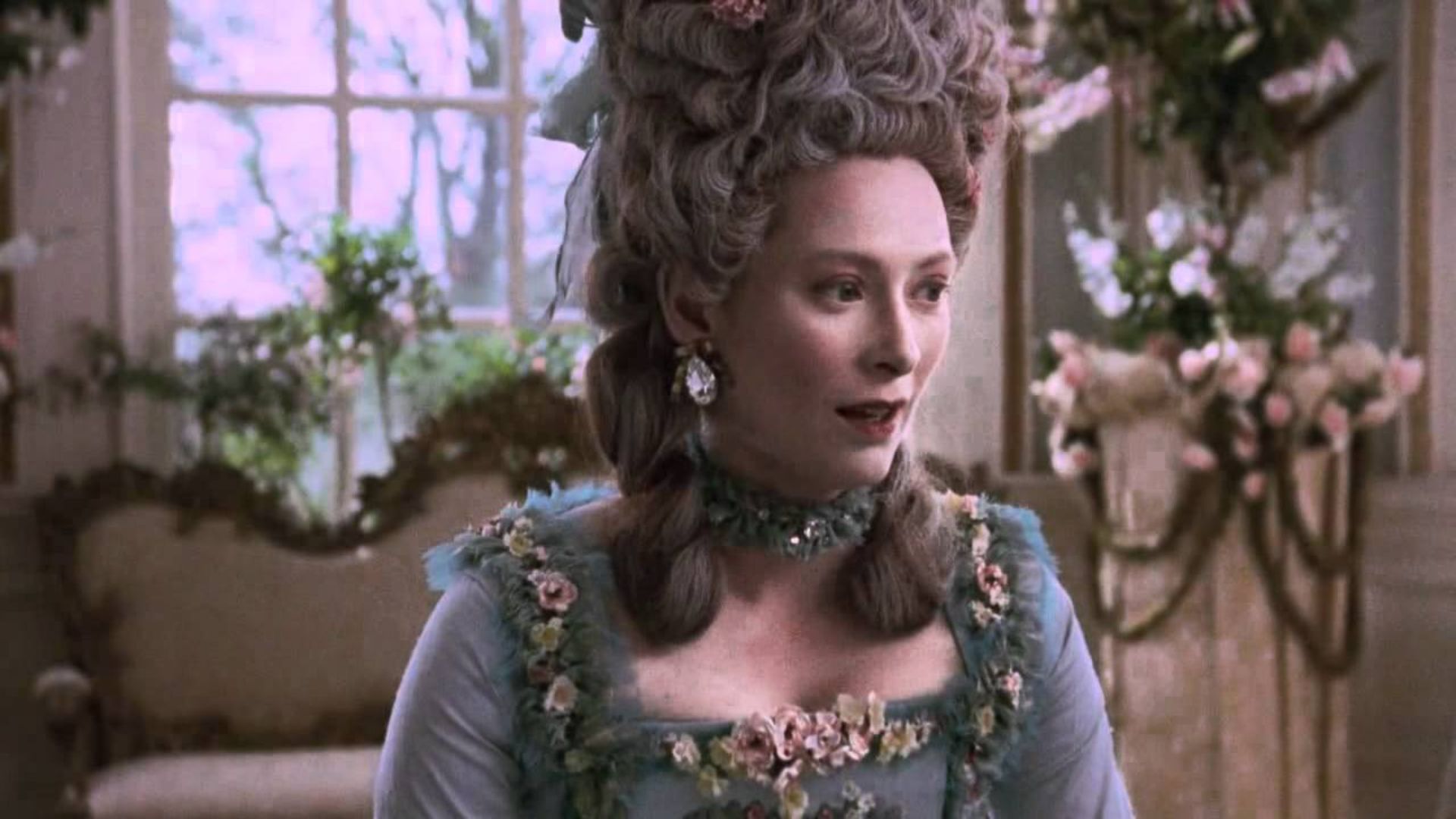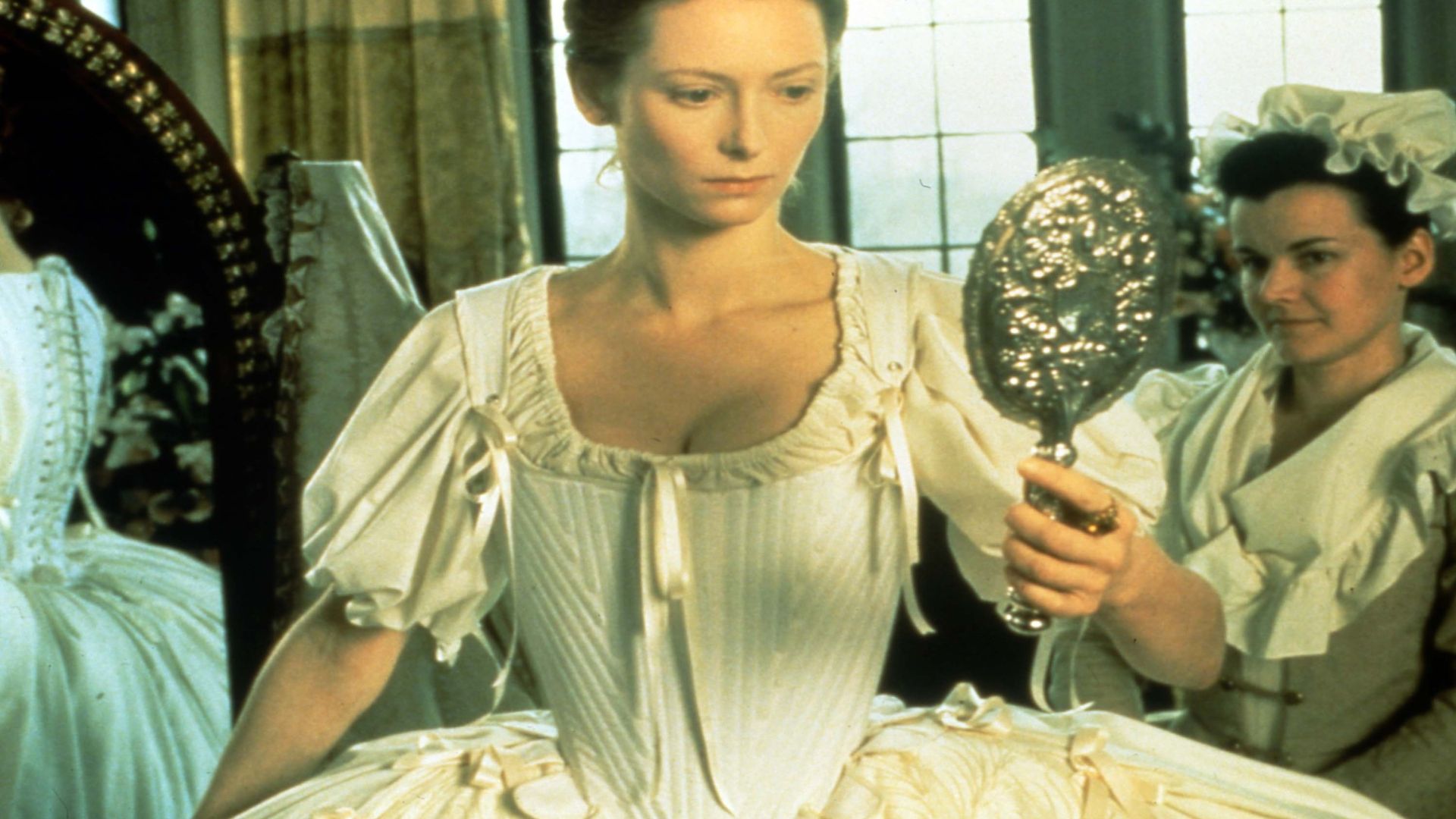
In 1992, Tilda Swinton starred as the main character in the film “Orlando,” which was penned and directed by Sally Potter, inspired by Virginia Woolf’s novel “Orlando: A Biography.” The theme of societal norms surrounding gender roles has long been a significant part of public conversation. Beyond merely offering commentary on the inflexible nature of these roles in society, “Orlando” also delves into the grey areas that exist between them.
In a sweeping tale across several centuries, Orlando offers readers a captivating trip delving into the very essence of gender. This exploration encompasses not only the character’s identity but also societal norms surrounding gender roles, behaviors, and expectations, as well as the treatment of both men and women. The narrative is further enhanced by meticulous staging and set designs, making it one of the most intricate and visually stunning period pieces from the early 1990s.
A Journey of Discovery

Starting from 1600, during Queen Elizabeth’s (Quentin Crisp) rule, Orlando (Tilda Swinton) symbolizes the traditional expectations bestowed upon noble male offspring. As a person of distinction and privilege, Orlando is expected to produce an heir, be loyal, and conform to the societal standards of that era. The play’s first act skillfully employs its resources to deliver a subjective critique on gender, not only through the development of characters but also in the performances by the actors.
In the initial part of the movie, Orlando is depicted as a man. However, there’s an intriguing sense of uncertainty about the character when they say “I, not he,” in one of several instances where the character directly addresses or engages with the audience. The time period, being Elizabethan England, is known for its fluid gender expressions, with both men and women dressing in a way that blurs traditional gender lines to some extent. This ambiguity is not only seen in Tilda Swinton’s portrayal of the title character but also in Quentin Crisp’s portrayal of the renowned monarch, further blurring the distinction between male and female roles.
In my perspective as a movie reviewer, “Orlando” offers a unique exploration of identity that transcends the rigid gender norms of the 1600s and 1700s. The protagonist, Orlando, possesses an unconventional spirit for an upper-class Englishman of the time, with passions leaning towards poetry rather than warfare – a stark contrast to the expected pursuits of his station. This film masterfully delves into the concept that one’s role isn’t solely defined by biological sex but by personal interests and expectations.
“Same Person… Just a Different Sex”


In this initial scene, Orlando, previously a notable figure among the upper class, encounters a shift in treatment where they are now seen as inferior and subordinate. This portrayal mirrors a social critique on how gender is perceived within the aristocracy, emphasizing that despite Orlando’s transformation, their essence remains unchanged.
In the depiction, Orlando portrays a consistent set of characteristics and looks, but the main variation lies in clothing choices. This novel sheds light on the hypocrisy prevalent among the upper class, revealing how people’s reactions to a character’s new identity and the societal roles assigned based on gender are indicative of deep-rooted biases and prejudices.
In the novel “Orlando,” the protagonist experiences firsthand the stark contrast in gender treatment, both as a woman and a man. This narrative subtly conveys the idea that gender is not inherent but rather a socially constructed role, shaped more by societal norms and expectations than personal traits. Remarkably, this book tackled topics like gender fluidity and social constructs years before they became mainstream discussions. In essence, “Orlando” was a trailblazer in its time, dealing with progressive themes that were largely ignored or unacknowledged during the era it was written.
Trapped by Destiny

The timeless portrayal by Tilda Swinton in Orlando enables the movie to vividly explore societal transformations over centuries and challenge traditional gender roles, while its playful approach to breaking the fourth wall invites viewers to join Orlando’s unique journey.
Through its numerous captivating locations and sets that beautifully embody diverse artistic interpretations of different time periods, we find ourselves utterly immersed in a storyline that challenges us to reconsider our perspectives on themes such as gender, sexuality, and societal norms. No matter your immediate response after viewing Orlando for the first time, it’s undeniable that it provokes thought and conversation. This is the profound impact and significance of cinema.
Read More
- Silver Rate Forecast
- Gold Rate Forecast
- Grimguard Tactics tier list – Ranking the main classes
- USD CNY PREDICTION
- Gods & Demons codes (January 2025)
- Former SNL Star Reveals Surprising Comeback After 24 Years
- Maiden Academy tier list
- Superman: DCU Movie Has Already Broken 3 Box Office Records
- Honor of Kings returns for the 2025 Esports World Cup with a whopping $3 million prize pool
- PUBG Mobile heads back to Riyadh for EWC 2025
2025-01-19 00:31